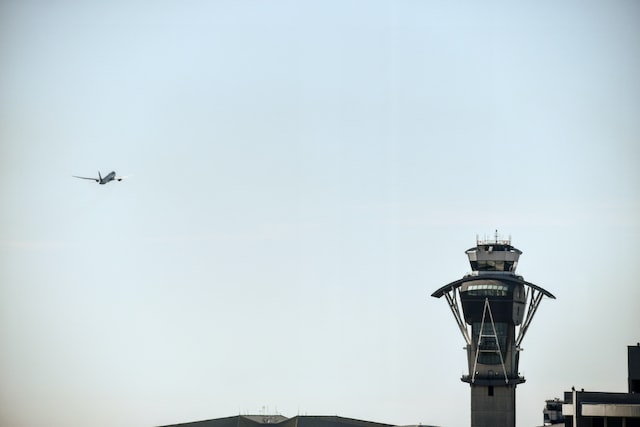The Transportation Security Administration (TSA) is conducting tests of a facial recognition technology system meant to streamline the passenger identification and verification process at different airports across the US. The system works in a similar way to the one implemented by many of the latest smartphones to unlock the screen by simply pointing the front camera at the user’s face. Facebook has also used the technology to suggest who to tag in photos that have been uploaded to the platform.
The technology compares the faces of passengers at airports with photographs on government-issued forms of identification accepted by the TSA. Facial recognition is implemented from kiosks equipped with cameras that verify that the person in the photo on the ID document is the same person who is showing it.
The TSA has underlined that facial recognition technology helps improve security at airports, as well as efficiency in the security screening process. The institution also assures that minor variations in appearance, such as a change of hairstyle, have a negligible impact on identity verification. “What we are trying to do with this is aid the officers to actually determine that you are who you say who you are,” Jason Lim, identity management capabilities manager, told reporters at Baltimore-Washington International Thurgood Marshall Airport, as reported by Associated Press (AP).
Facial recognition technology has aroused however suspicion and skepticism, especially among civil rights advocates and privacy rights activists. According to the AP, five senators (four Democrats and an Independent who is part of the Democratic caucus) sent a letter earlier this year to the TSA demanding a stop to the program. “Increasing biometric surveillance of Americans by the government represents a risk to civil liberties and privacy rights,” the letter read.
What we are trying to do wit this [system] is determine that you are who you say who you are.
Jason Lim, Baltimore Airport
A study by the National Institute of Standards and Technology found that facial recognition algorithms work best for recognizing middle-aged white men but are susceptible to errors in recognizing children, the elderly, people of color and women. Another study by the Federal National Institute of Science and Technology conducted in 2019 found that false positive rates in one-to-one verification systems were up to 100 times less accurate for some minority demographics.
The TSA has imposed restrictions on the use of the technology, which is completely voluntary for use by passengers who can request that their ID verification be performed by a human agent. Those who opt not to be identified through facial recognition technology will likely face more time in identity verification lines. TSA also says it does not use facial recognition for law enforcement purposes and is not using the data collected from facial recognition to build a new national database of facial IDs.
The ultimate purpose of the technology is to replace agents at ID checkpoints with facial recognition kiosks. According to the AP, the pilot system is being used at Reagan National in D.C, airports in Atlanta, Baltimore, Boston, Dallas, Denver, Detroit, Las Vegas, Los Angeles, Miami, Orlando, Phoenix, Salt Lake City, San Jose, and Gulfport-Biloxi and Jackson in Mississippi.
In Europe, biometrics systems have been deployed in different airports. Hamburg Airport was the latest location to offer biometric face field recognition. With the new service, participating passengers from Austrian, SWISS and Lufthansa will be able to pass through security and board contactless and quick. In future, a single glance will suffice, without a boarding pass or smartphone. Participants of the loyalty program Miles & More need to register once for Star Alliance Biometrics at least 24 hours before their next Austrian, Lufthansa or SWISS flight.
The Star Alliance Biometrics platform, on which the technology is based, was already successfully launched in November 2020 at the Frankfurt, Munich and Vienna hubs with the aim of providing passengers with a seamless travel experience. Hamburg Airport is thus the fourth participating airport. Once registered, passengers can use biometric access at all participating airports.
Personal data, such as photos and other identifiers, are encrypted and stored securely within the platform. The system has been developed from the outset in compliance with applicable data protection laws and based on the latest facial recognition technology. The storage of personal data is kept to a necessary minimum. For example, no customer names are stored.













